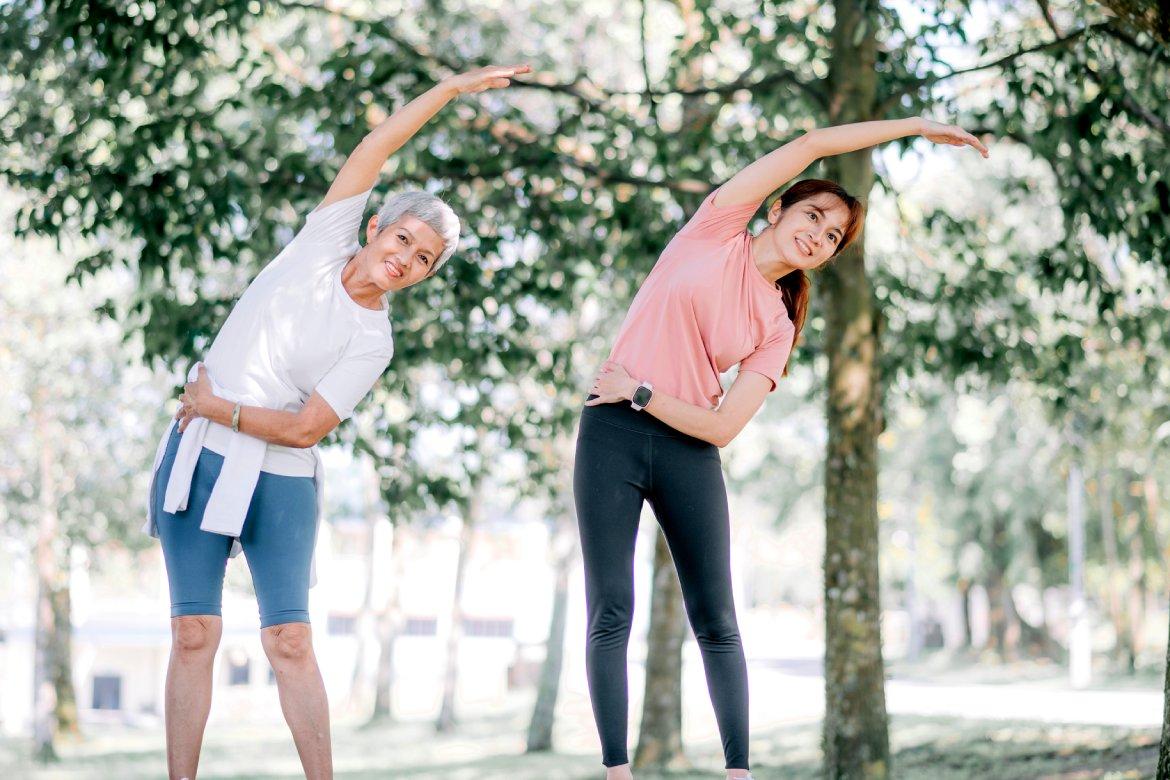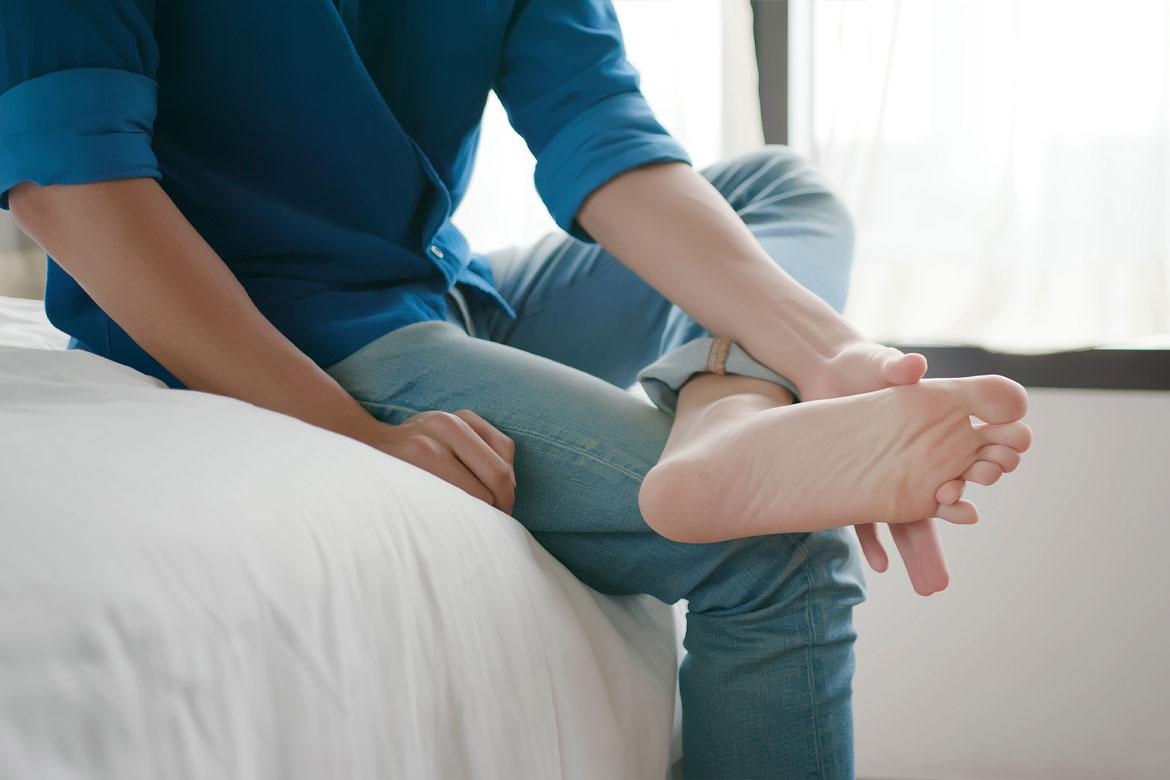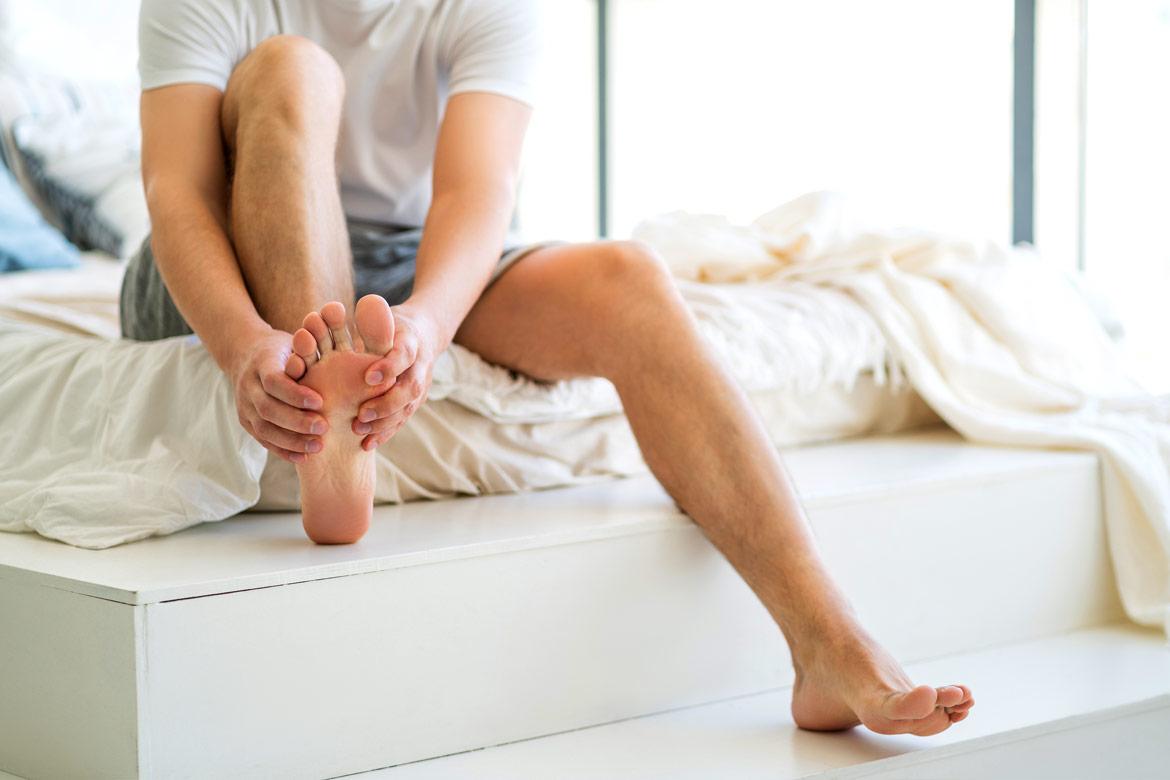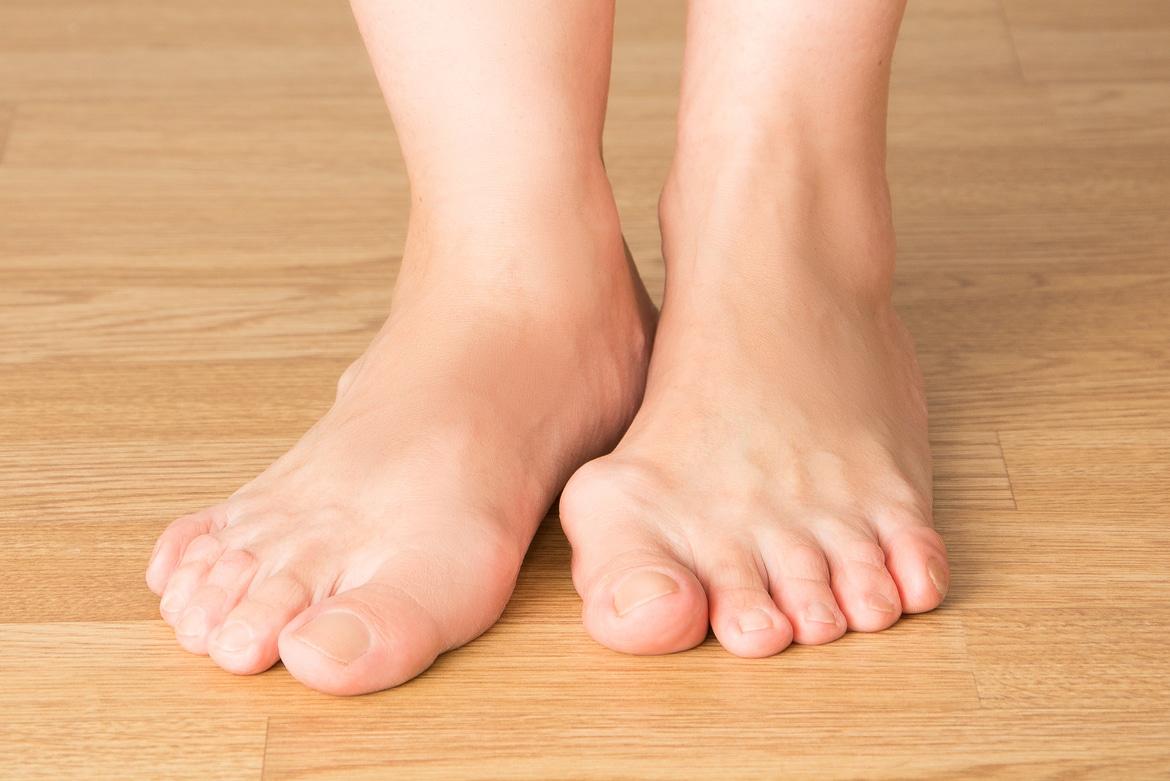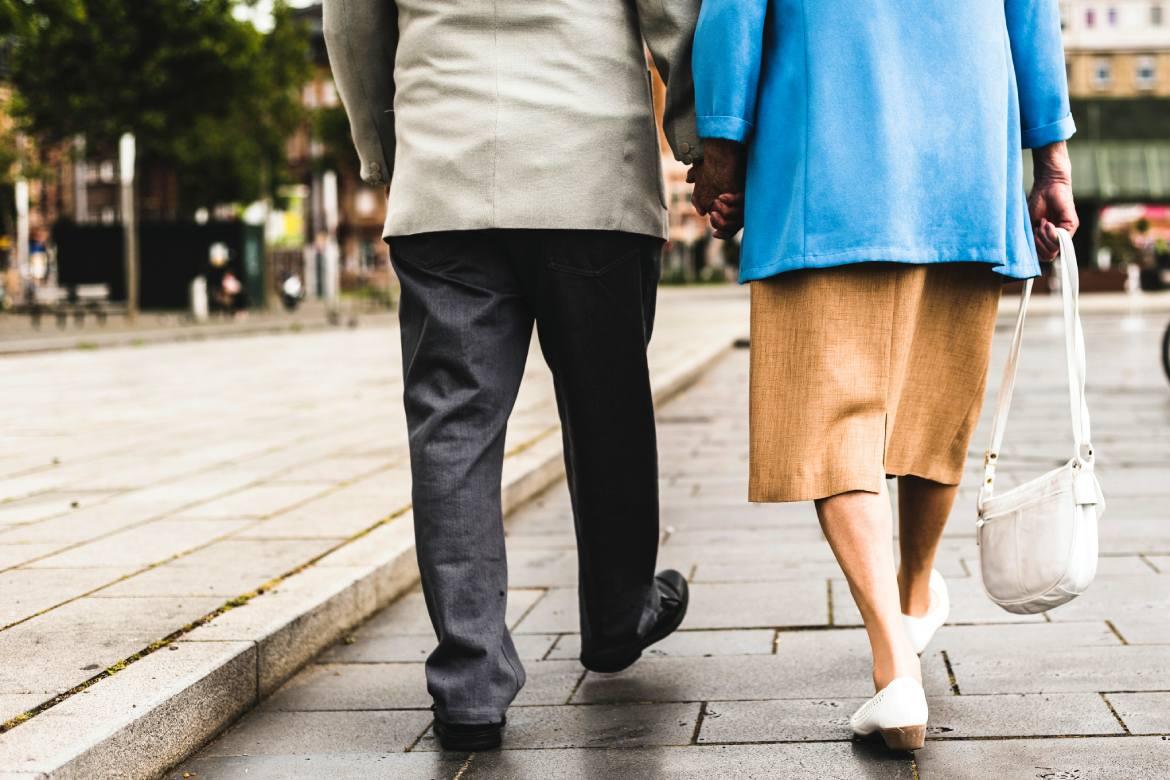-
-
Featured Care Areas

Snapping Hip Syndrome
What is snapping hip syndrome?
Snapping hip syndrome or Coxa Saltans (also called dancer’s hip or iliopsoas tendinitis) is a painless, popping or clicking sound around the hip joint when it is in motion. It often occurs in runners, soccer players and dancers, and is most common in those aged 15 – 40 years. While the condition is only just an annoyance for most people, it can cause pain and weakness in some.
Types of snapping hip syndrome
The 3 types of snapping hip syndrome are:
- External. This is the most common type, and is caused by the iliotibial band, a thick tendon, snapping over the outside of the hip joint.
- Internal. Also known as dancer’s hip, this type is caused by the iliopsoas tendon, the primary flexor of the hip, snapping over bony structures in the hip.
- Intra-articular. This type is caused by injury such as torn acetabular labrum, ligamentum teres tears, loose bodies, articular cartilage damage, or synovial chondromatosis (cartilage formations in the synovial membrane of the joint).
What are the symptoms of snapping hip syndrome?
Patients with snapping hip syndrome usually experience a snapping and locking sensation in the hip, and they hear a popping sound coming from the affected hip as they move.
The following are the more specific symptoms of snapping hip syndrome:
- A snapping sound
- Noise around the hip joint when bending or extending your hip
- Pain that eases with rest and reduced activities
- Weakness in your leg when you try to lift it or move it sideways
- Tightness in the hip
- Swelling in the front, back or side of your hip
- Difficulty when doing daily activities like walking or standing up from a chair
What are the causes of snapping hip syndrome?
The causes of snapping hip syndrome include:
- Difference in leg lengths. Snapping hip syndrome is commonly associated with leg length difference or anisomelia (usually the long side is symptomatic) due to chronic tightness in the muscles and around the hip.
- Ligament laxity (loose ligament). Due to repetitive use or a traumatic incident, connective tissues like ligaments become lax or loose. Loose ligaments can lead to snapping hip syndrome.
- Prolonged physical activities. Prolonged activities requiring repetitive hip flexion and extension, such as soccer, gymnastics, dancing and running, may lead to snapping hip syndrome.
- Repetitive hip movements. With repetitive use and age, the cartilage in the hips can get damaged. Repetitive hip movements in activities such as running or dancing can cause the cartilage to be overused, leading to snapping hip syndrome.
- Tight iliotibial band. The iliotibial band is a large tendon that runs along the outside of the thigh. If the tendon is tight, it can create a snapping sensation which will gradually worsen and may become painful if not treated.
- Weakness in the muscles around the hip. Weakness in the gluteus medius, a large fan-shaped muscle located in the posterior hip, extending from the ilium to the proximal femur may cause snapping hip syndrome.
What are the risk factors for snapping hip syndrome?
Factors that put you at risk for developing snapping hip syndrome include:
- Participation in activities requiring the extremes of hip motion, which can include ballet dancing, football, and soccer
- Participation in competitive and recreational activities, which can include weightlifting and running
- Physical trauma, such as a traumatic injury to the hip joint
What are the complications and related diseases of snapping hip syndrome?
While snapping hip syndrome is not a life-threatening condition, it can lead to complications in the long run, especially if left untreated. The complications may include:
- Persistent hip pain. Untreated snapping hip syndrome symptoms can progress and lead to intense discomfort.
- Painful bursa or hip bursitis. The most common causes of snapping hip syndrome include iliotibial band syndrome, which can lead to an irritated bursa or potential hip bursitis.
- Iliopsoas tendon snap. Although iliopsoas tendon snap may not cause physical pain or limit mobility, the snapping sensation can disrupt your daily routines and activities.
How do you prevent snapping hip syndrome?
Though it is not always possible to prevent this condition, there are a few things you can do to lessen your chances of developing snapping hip syndrome:
- Perform warm-up exercises before participating in a sport or any heavy physical activity. Make sure to include stretches for the hip muscles.
- Avoid abruptly involving yourself in physical activities. If you need to participate in sports or other activities, start gradually and slowly increase in intensity.
- Maintain good physical condition by consistently following a strength and flexibility workout programme.
- Always wear comfortable shoes that fit you properly.
This page has been reviewed by our medical content reviewers.
Need help?
For enquiries, please call
+65 6377 3737
For appointment bookings, please WhatsApp
+65 8111 3777
